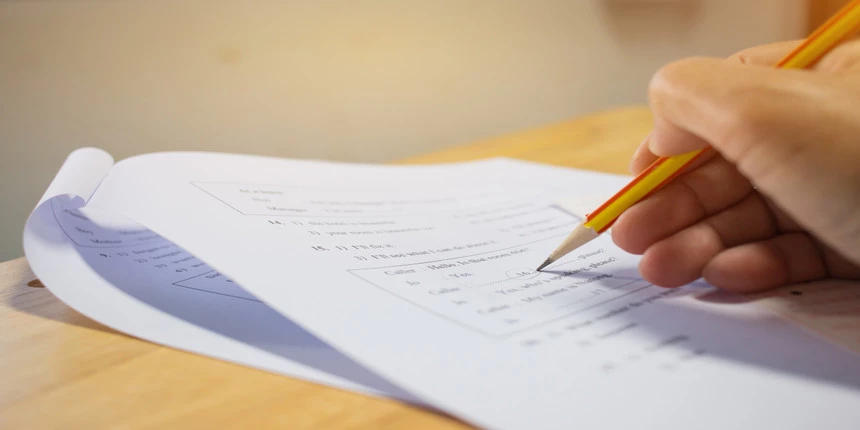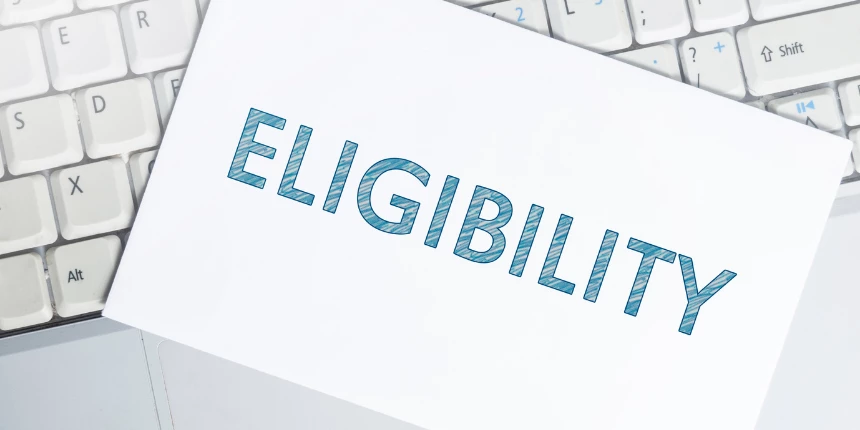A Beginner’s Guide On Learning Korean Numbers

Learning Korean countingnumbers will help you improve your Korean skillsspeak more fluentlyAlthough the Korean number system is complicated, anybody can know it with some practice.
You must learn all number systems when studying Korean numbers because each has its own set of applications in KoreanYou cannot simply know oneuse it for all – that would sound oddOnce you’ve mastered it, Korean numbers are very easy.
In Korean, numbers are divided into two categories: KoreanSino-KoreanLet’s look at the nuances between the two Korean numbers systems so you can learn how to count in Korean.
Numbers in Korean
Studying a Korean number takes a little more timeeffort than learning numbers in other languagesUnlike most other languages, Korean has 2 number systems: native Korean numbersderived from Chinese (called Sino-Korean numbers).
Sino Korean Numbers
The first is called a Sino-Korean number,it is a system based on Chinese charactersSince Koreans used these characters as a writing system before Hangul was created, much of the Korean language has been significantly influenced by the Chinese languageThese numbers are one of the most heavily influenced aspects.
Additional Facts:
- Even though the numbers are based on Chinese characters, you won’t need to learn any Chinese characters.
- Used to say the date
- Count the days, months,years.
- It’s Used for phone numbersmoney.
Count 0-10
Now, mastering 0 to 10 is the secret to using the Sino-Korean numbersThe values 1 to 10 are listed below to see the differences in pronunciation.
- 0 – 영 (young)
- 1 – 일 (il)
- 2 – 이 (ee)
- 3 – 삼 (sam)
- 4 – 사 (sa)
- 5 – 오 (oh)
- 6 – 육 (yook)
- 7 – 칠 (chil)
- 8 – 팔 (pal)
- 9 – 구 (gu)
- 10 – 십 (ship)
Native Korean Numbers
While the second system is called the native Korean value,it is a number system based on the Korean language, as the name suggestsYou need to learn the numbers 1 to 99 if you use native numbers.
Additional Facts:
- On the other hand, these numbers in Korean are mainly used to calculate items.
- Similarly, as English numbers have specific words for double-digit numbers that end in zero, the native Korean number system has particular words for double-digit that end in zero, such as 20, 30, 40, etc.
Count 1-10
We only use the zero from sino-Korean numbers since there is no ‘zero’ in native Korean numbers.
- 1 – 하나 (hana)
- 2 – 둘 (dul)
- 3 – 셋 (set)
- 4 – 넷 (net)
- 5 – 다섯 (daseot)
- 6 – 여섯 (yeoseot)
- 7 – 일곱 (ilgob)
- 8 – 여덟 (yeodeol)
- 9 – 아홉 (ahop)
- 10 – 열 (yeol)
Korean Counters
Since there are so many more counters in Korean than in English, they can seem odd to a native English speakerAs a fact, counters are words like a bale of hay or a stack of booksThe Native Korean numbers are used with these counters.
So how to use every counter word? The most famousgeneral counter in Korean is “gae,” that you can use for almost anything non-living, particularly if you’re unsure what counter to use.
How to Count Big Numbers?
While a hundred million is a large amount, it’s used much more frequently in Korea than in many other countries because 100,000,000 won is roughly 100,000 dollars in monetary termsWhen numbers increase in size, they become more complicated.
These complex numbers may not have been a part of your early understanding of Korean, but they are crucialLet’s get this ready to have fun counting large values.
Consider the Following Countings:
- 100 – 백 (baek)
- 1000 – 천 (cheon)
- 5000 – 오천 (ocheon)
- 10,000 – 만 (man)
- 100,000 – 십만 (sipman)
- 1 million – 백만 (baekman)
- 1 trillion – 조 (jo) / 울 (ul)
Lucky Numbers
To begin with, the number 4 is historically disliked by KoreansAs a result, they try to avoid applying 4 to car numbers, apartment numbers,patient rooms as far as possible.
Moreover, when playing games, the number 3 is often usedPeople usually play three times,winning two out of three games is considered a victoryTen in Koreanmultiples of ten such as ‘100, 1,000, 10,000,’ since they are called a ‘total number,’ are often used as anniversaries.
Months
Learning the month in Korean would be a breeze now that you know how to learn to count in KoreanThis is because the months are simply the Sino number + the month’s term, which is “wol.”
Take a Look at This:
- January – 일월 (irwol)
- February – 이월 (iwol)
- March – 섬월 (samwol)
- April – 서월 (sawol)
- May – 오월 (owol)
- June – 유월 (yuwol)
- July – 칠월 (chirwol)
- August – 팔월 (parwol)
- September – 구시월 (guwol)
- October – 시월 (siwol)
- November – 십일월 (sibirwol)
- December – 십이월 (sibiwol)
Sum it up!
Korean numbers are an excellent example of the language’s uniquenessbeautyNumbers are crucial when learning a foreign language,Korean is no exception.
Above all, be patient in understanding this languagetrust the processStart from counting in Korean basics to wordsgrammar.






